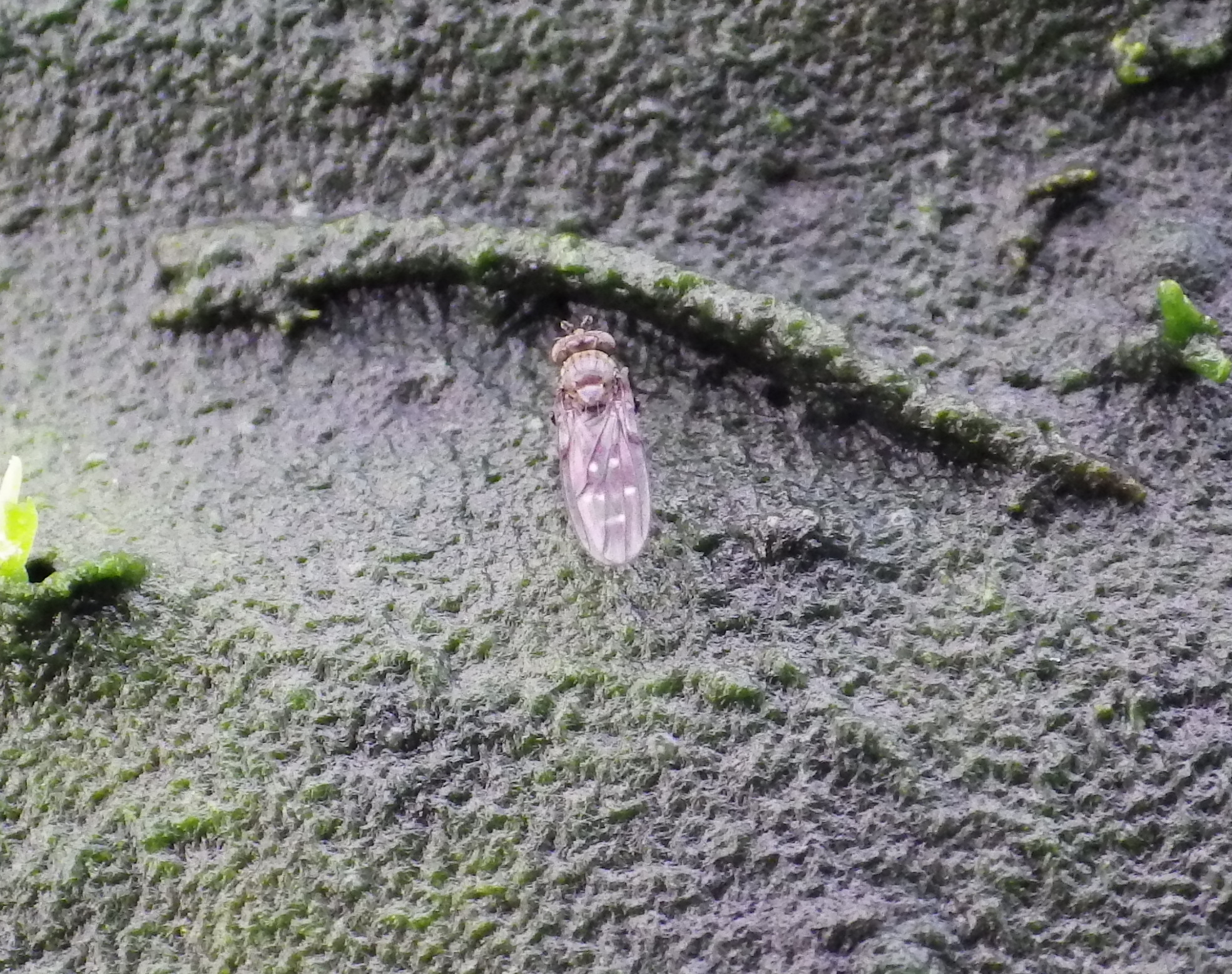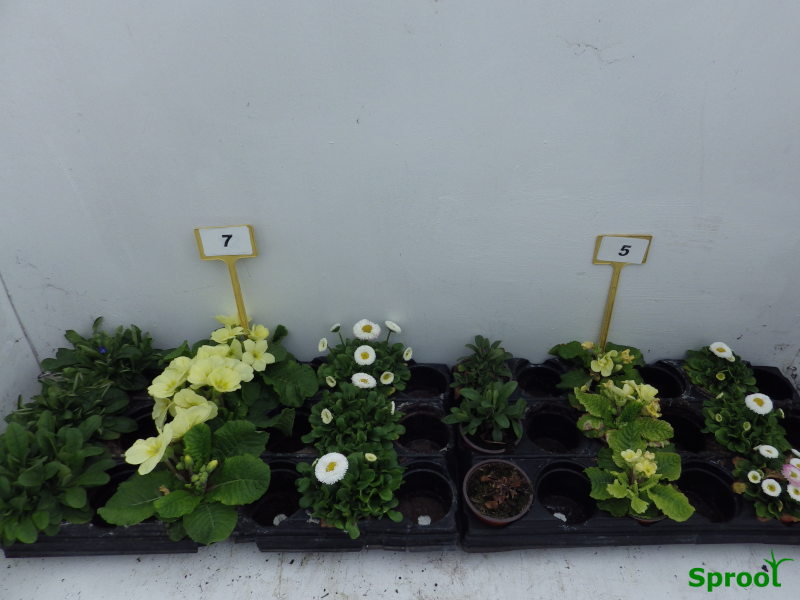Fungus gnat using Nematode control
Identifying your flies is essential, you can then choose the best approach
- Sciarid Flies: These flies are harmful to plants, particularly the larvae damaging the roots. They prefer to live deeper in the compost and thrive in moist, warm conditions. It would be best if you acted quickly to attack the larvae and also try to catch or kill the adults
- Shore Flies: These flies are more of a nuisance, feeding on algae on the surface of compost, benches, and other damp areas. They don’t harm plants directly but can spread diseases. The population can build up quickly in hot weather.
Nematodes
- Nematodes are a highly effective biological control method when applied properly.
- Steinernema feltiae is best for sciarid fly control, working for up to 6 weeks if the compost remains moist.
- Steinernema carpocapsae is perhaps better suited for shore fly control but can also kill sciarid larvae at higher doses.
These easy to apply beneficial nematodes are mixed in water and applied to the soil around the plants you want to protect. The nematodes then move through the soil to locate, infect and kill fungus gnat larvae. Releasing more nematodes to protect your plants
Nematodes are susceptible to ultraviolet light (UV): do not use them in direct sunlight, they should be okay with indoor plants but in full sunlight like a greenhouse apply early morning or evening or shade the plants.
The moisture content of the soil must be kept high for several days after application. When possible, water before and after application.
Buying Nematodes
- Purchase from reputable sellers with good reviews to ensure healthy, live nematodes.
- Storage: Keep them in a cool place, such as a refrigerator, and check expiration dates.
- The smallest pack treats up to 10 square meters or 25 large houseplants.
Research indicates that while Steinernema feltiae, primarily used to control sciarid flies, can also infect shore fly larvae, it is less effective at the recommended rates for sciarid control. To target shore flies, you might need to use a higher dose of S. feltiae.
For more effective shore fly control, Steinernema carpocapsae is the preferred nematode species. It is particularly effective against shore flies and is recommended to be applied weekly in cases of large infestations. This regular application helps manage the rapid reproduction of shore flies, especially in warm, wet environments.
Extra Use
If you have leftover Steinernema feltiae, you can also use it to treat plants for vine weevil control.
Handling
The sellers may promise you they are easy to apply and use and while this is true, it is also very easy to kill the nematodes by accident.
You can give the nematodes a fighting chance.
- Buy them from a reputable seller, check the reviews. The nematodes are alive and need to be stored correctly before they are sent out, they have a limited shelf life and the packaging should be insulated to prevent extremes of temperature.
- When they arrive check the use by date, if it is out of date or less than 4 days I would complain.
- Store the nematodes in the fridge or a cool place out of the sun.
- Try to use them as soon as possible.
- Make sure you water the pots or the ground around the plants before you apply the nematodes.
- Bright sunlight will kill the nematodes so plan to apply early in the morning or at dusk, or a dull damp day.
- Be prepared to water the nematodes in with more water but not so much that you wash them out.
- Follow the suppliers instructions for mixing they do vary.
- Once the nematodes are mixed you have to move fast, strangely they can drown if left too long in the water, keep the stock solution agitated.
- Apply the nematodes with plenty of water, aiming them to cover all of the compost surface.
- Follow the dosage rates on the packet, you need to apply the correct amount.
- Nematodes work best as a preventative treatment, use at the first sign of fungus gnats appearing




